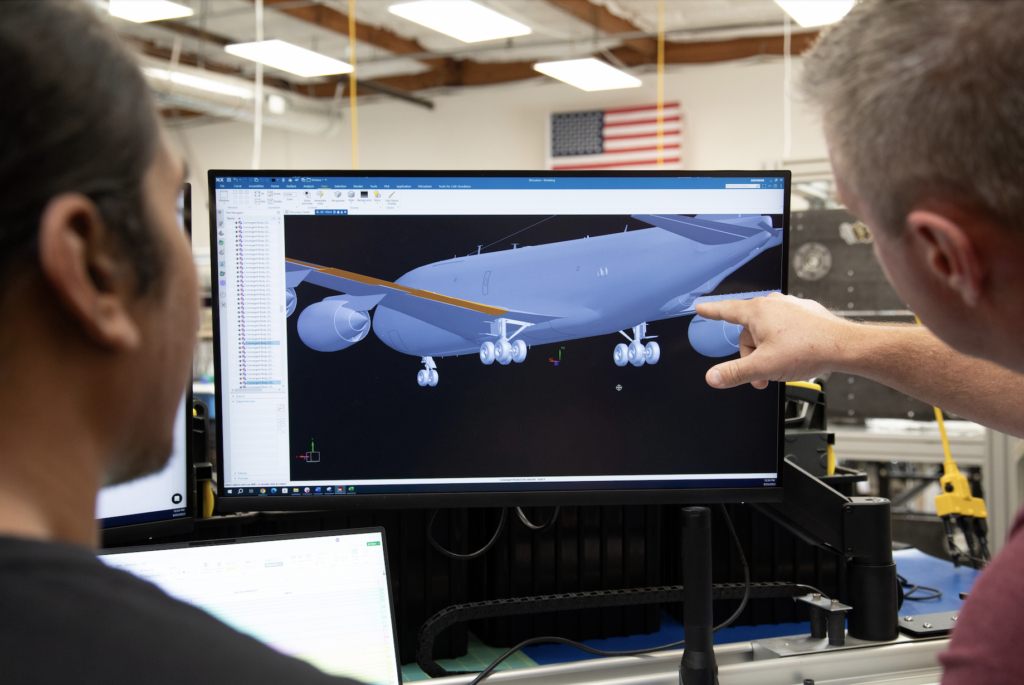
Reliable Robotics is advancing an aircraft automation system for the U.S. Air Force, aiming for continuous autopilot across all operational phases with remote pilot supervision, building upon recent collaborations with NASA and FAA endorsements. (Photo: Business Wire)
Reliable Robotics, a frontrunner in aircraft automation systems, is making headway towards a revolutionary autonomy solution tailored for the U.S. Air Force. With this advancement, the prospect of enabling autopilot throughout all aircraft operational phases—including taxiing, takeoff, and landing—is now within reach. Notably, this autonomy solution emphasizes remote pilot supervision.
This initiative echoes the recent collaboration between Reliable Robotics and NASA, where the two parties conducted flight tests to enhance airspace safety utilizing the FAA’s primary surveillance radar (PSR) data. The same technology was displayed during the Golden Phoenix readiness exercise at Travis Air Force Base, underscoring the company’s commitment to pushing the boundaries of avionic capabilities.
Reliable Robotics’ report under an Air Force-backed contract has identified three pivotal findings:
- Adaptability of the System: The studied airframes can integrate the necessary system upgrades for remote operation. The modifications, particularly for navigation and communication, align with anticipated military operational settings.
- Operational and Economic Efficiency: There’s potential for the Air Force to achieve commercial-like efficiency improvements without incurring the costs of manufacturing new aircraft.
- System Reliability: The Remotely Operated Aircraft System (ROAS) is designed to meet FAA’s stringent certification requirements, even when integrated with larger airframes in the U.S. National Airspace System.
Last year, Reliable Robotics earned the FAA’s approval for its autonomous aircraft navigation system. This recognition, alongside the recently demonstrated automation capabilities on the Cessna 208 Caravan, underscores the firm’s innovation. According to Robert Rose, Reliable Robotics’ CEO, the focus remains on creating a high-integrity navigation system for full automation, extending from taxiing to landing.
As aircraft inch closer to full automation, the concept of remote pilots in ground control centers grows plausible. However, challenges in communication and situational adaptability require redressal before such a transition can be realized.
David O’Brien, Major General (Ret.), and Senior Vice President of Government Solutions at Reliable Robotics, commented that the company is “obsessed with enabling previously unimaginable capabilities for the U.S. Air Force through autonomy.”
He added, “Automating existing inventory at fractional costs will provide commanders unprecedented flexibility and safety in meeting acute operational demands with the smallest deployed human footprint.”